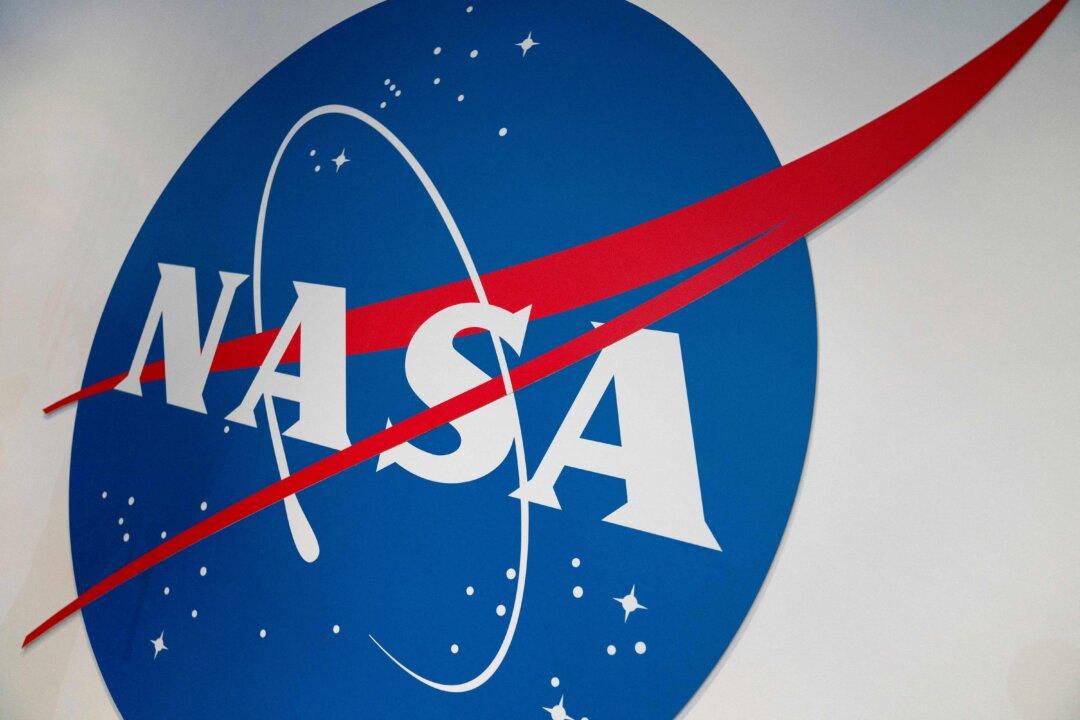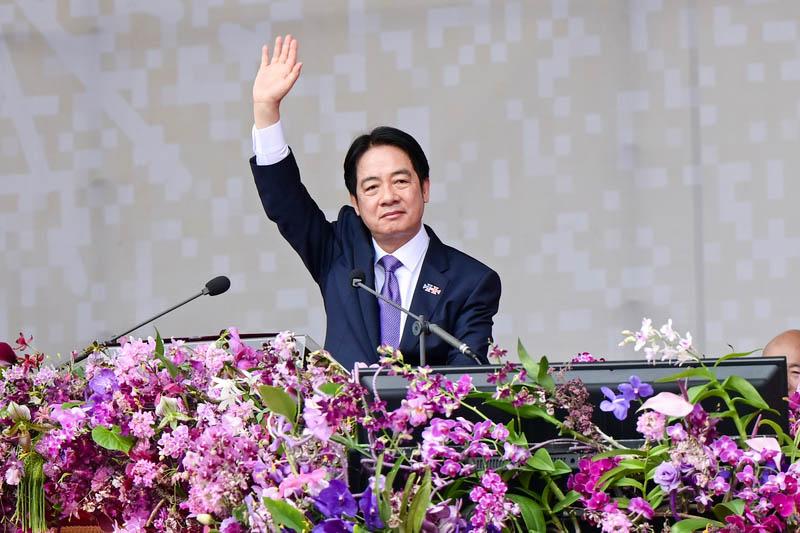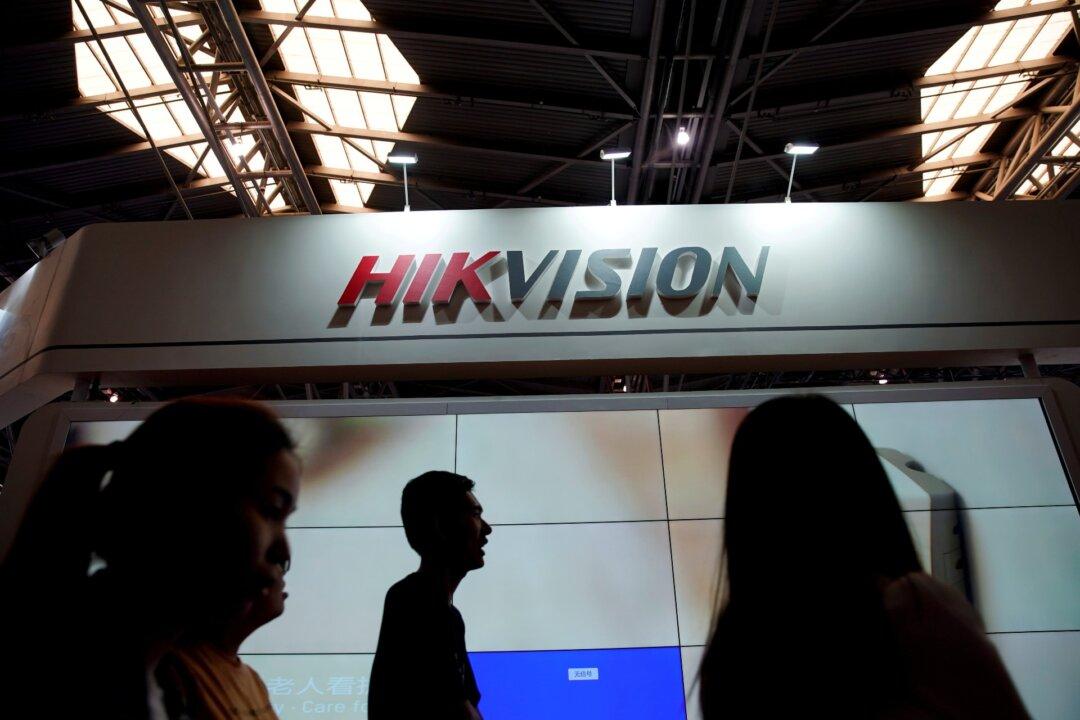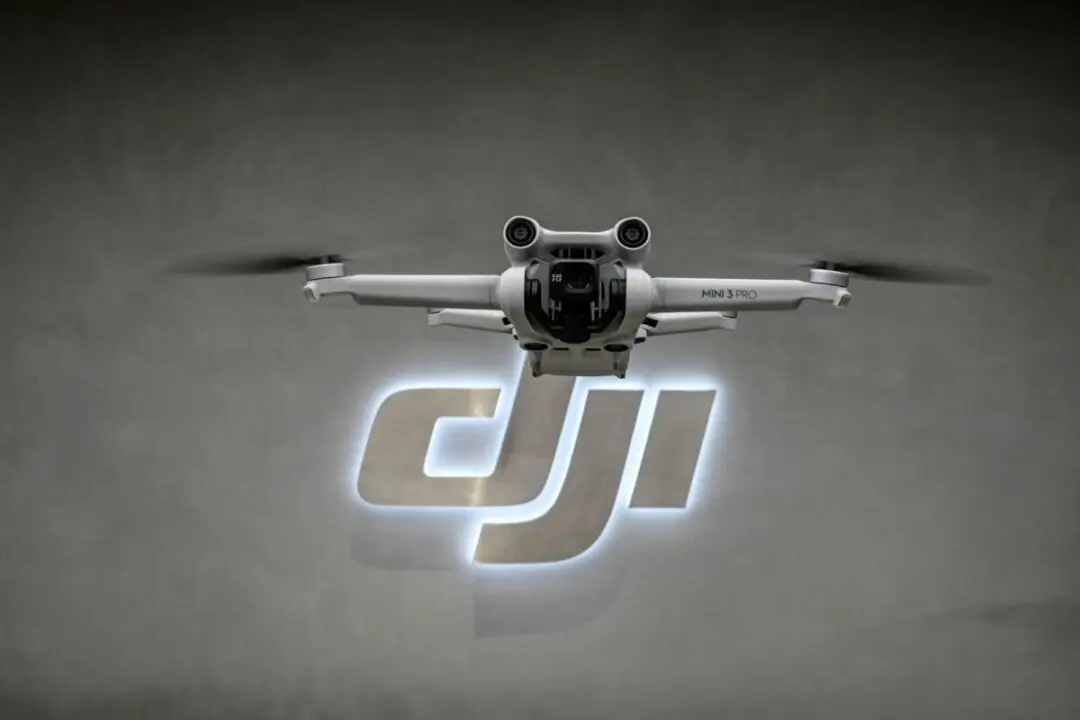The United States is now facing the risk of surrendering its leadership in space to China as the U.S.-led International Space Station (ISS) is set to be decommissioned at the end of 2030, according to a lawmaker and space industry experts.
To replace the aging ISS, which is located in low Earth orbit (LEO) about 250 miles from Earth, NASA has awarded contracts to several companies to develop commercial space stations. While there are still several years before the ISS is expected to retire, there are concerns that the commercial stations will not be ready as replacements, leaving open the possibility that China’s communist regime and its Tiangong space station will dominate LEO activities.





